When to plant carrots: preparation for planting and root care

Carrots are a common root vegetable in many gardens. To grow large and tasty carrot, you should know and follow the basic sowing dates and rules for caring for root crops.
Content:
- Features of cultivation: preparation for planting
- Planting carrot seeds: basic methods
- Care after landing
Features of cultivation: preparation for planting
Seed germination occurs at above-zero temperatures, so the soil must be warmed to 5-8 degrees. Planting dates may vary in different regions. Some areas may experience warm spring weather in March, while others may experience warm spring weather only in May. In central Russia, the optimal time for planting carrot seeds is the end of April.
When planting, you should consider the variety of carrots. Late varieties are sown a little earlier and can withstand light frosts. Gardeners usually start planting in the spring, but few people know that carrots can be planted in summer and before winter. You can harvest several carrot crops in one year. Before planting seeds, they need to be properly prepared.
Pre-sowing treatment of planting material consists of soaking them in ash water for 5 hours. To prepare the solution, dissolve a tablespoon of ash in a liter of water.
After this, rinse the seeds and wrap them in gauze. Place the bundle in boiling water for 5 minutes and then in the refrigerator for 2-3 minutes. This procedure will increase seed germination. Carrots grow best in loose, light soils.Do soil loose can be achieved by adding peat, river sand or humus.
The acidity should be slightly acidic or neutral. The soil should be loosened well using a spade blade. You should get rid of clay lumps, otherwise the carrots will grow crooked. Some time before planting, you need to add wood ash to the soil. 7 days before sowing the seeds, water the bed and cover it with plastic wrap to maintain moisture.
Planting carrot seeds: basic methods
Planting carrots can be done in several ways. The germination of the crop depends on the correct preparation of seeds and their sowing. One of the popular ones is the ordinary method. The soil needs to be loosened and then furrows made. Seeds should be planted at a distance of 5 cm from each other.
Pre-planting material can be mixed with sand - this will make sowing easier. Cover the seeds with dry soil no more than 1 cm thick on top. If you scatter the seeds into the furrow by eye, then in the future you will need to thin out the vegetables, and this is labor-intensive work. At the final stage, mulch the beds with peat chips and place them under cellophane.
Another way landings seeds - on tape or toilet paper. You should prepare a paste, put dots on paper and spread out the seeds. To prepare the paste, you need to dilute a tablespoon of starch in 1/2 cup of water. Pour the liquid into hot water, stirring constantly. Next, bring the paste to thicken and cool.
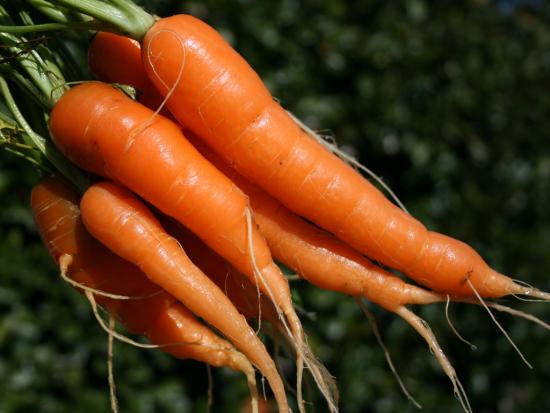
This method will not allow the seeds to scatter in the wind, and there will be no need to thin out the seedlings. The third easy way to sow seeds involves using jelly. To do this, you need to cook the jelly, cool and add the seeds. Then pour the jelly into a teapot and pour into the prepared grooves.
Necessary conditions for cultivation
There should be no weeds in the beds. If they exist, they must be removed. It is better to place carrot beds in a sunny place. Carrots will grow slowly in the shade. This vegetable crop grows well in place of tomatoes, cucumbers, zucchini, pumpkin, and garlic. It is not recommended to plant vegetables in the same place twice, as permanent pests may appear in this place.
Care after landing
For good carrot development, it is necessary to maintain uniform humidity throughout the growing season. Regularity should be observed glaze to avoid disturbing the water balance. In dry weather, carrots should be watered 3 times a week. There is no need to water carrots in rainy weather.
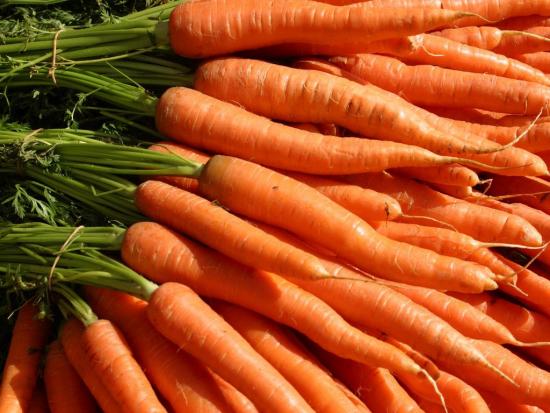
In the middle of the vegetable ripening period, the frequency is reduced to once a week, and the volume is increased to one bucket per square meter. If fertilizers were applied to the soil in the fall during soil preparation, then a good harvest will occur without applying fertilizers. During the entire growing season, fertilizing should be carried out 2-3 times. The first feeding is carried out a month after seed germination, and the second 2 weeks after the first.
Nitrophoska is used as a fertilizer: 1 tablespoon is diluted in 10 liters of water. The last feeding is carried out in early August. Potassium is added during this period. It will make the fruits sweet and promotes their accelerated development. At the second stage of vegetative development, you can add an infusion of wood ash to the water and water it. Caring for carrots includes thinning and weeding.
Weeds in the garden they will take away vitality, so they must be removed. Thinning is performed when 1-2 leaves appear on each root crop.The procedure is repeated when the length of the tops reaches 10 cm. If you follow these simple rules, you can get a good harvest of carrots.
Video about planting and subsequent care of carrots:



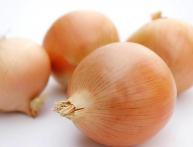
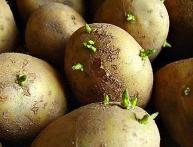

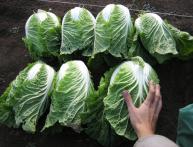


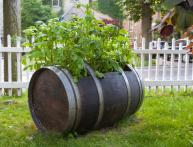

Comments
I plant carrots one of the first, immediately after the temperature reaches above zero. I buy seeds from the store every year. If the ground is dry, I can fill the grooves with water. Then I sprinkle the seeds with soil and stamp them with my feet. This way germination will be better. The depth of the grooves in this case is small - 3-4 cm, no more. As soon as the first shoots appear, I plow the soil in the rows, even if there are no weeds. then I pull out the extra root vegetables if the carrots have sprouted thickly. After a while I weed again, water if necessary and that’s it. In the fall I get a wonderful harvest. When growing carrots, I do not use any chemicals or fertilizers.
For some time now I have been spending quite a lot of time planting carrots, planting one seed four to five centimeters apart. This is better than thinning it after germination. I get an excellent harvest, the carrots are even and large.